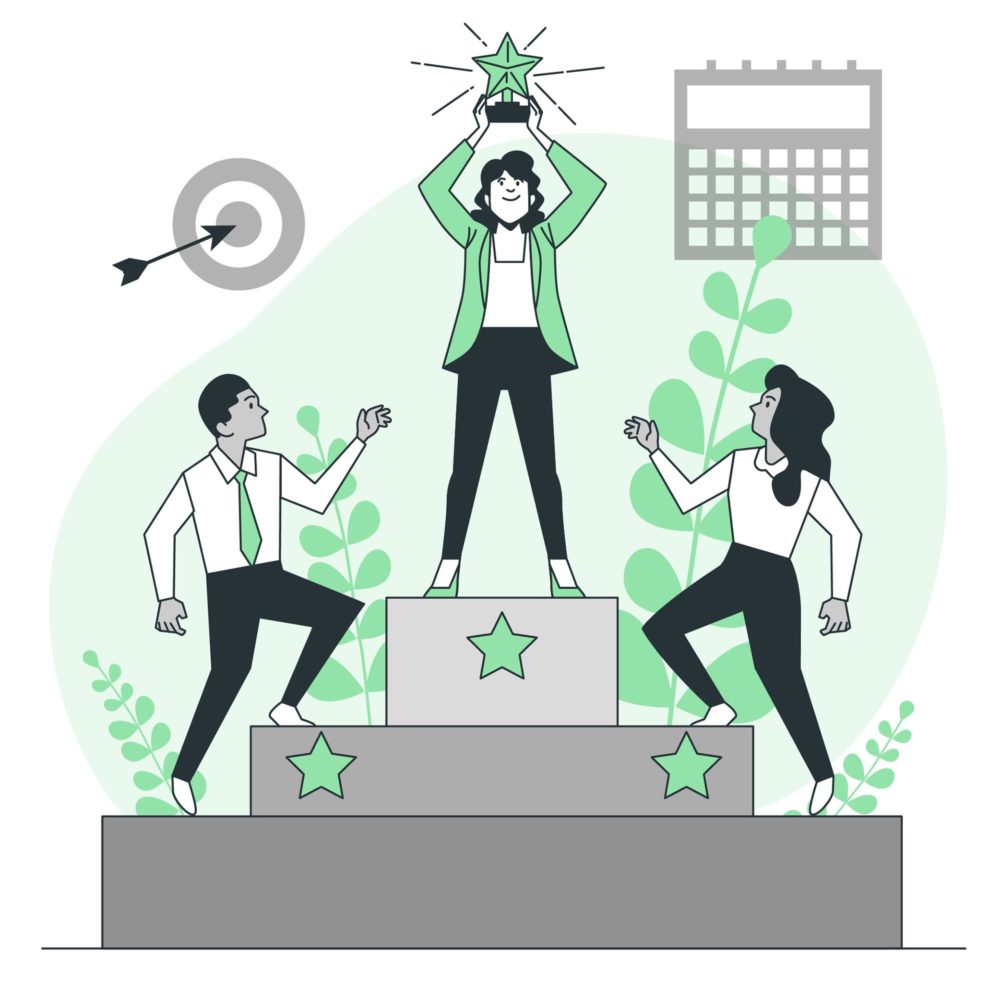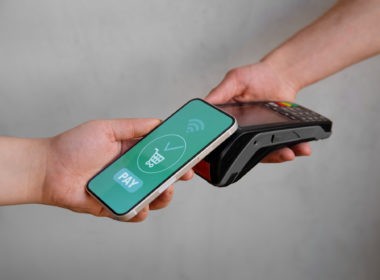Employee recognition has evolved far beyond simple thank-you notes or annual awards. Forward-thinking organizations are integrating technology, personalization, and well-being initiatives into their recognition strategies to create a more engaged and motivated workforce.
With hybrid and remote work becoming the norm, companies are reimagining how they appreciate employees, leveraging AI-driven platforms, peer-to-peer recognition, and gamified rewards to make appreciation more impactful.
The shift isn’t just about boosting morale; it’s about nurturing loyalty, increasing productivity, and reinforcing company culture. As we move into 2025, understanding and implementing the latest recognition trends will be key to driving long-term success.
Benefits of Employee Recognition
Employee recognition offers a multitude of benefits that directly impact both individuals and the organization as a whole. When employees feel valued and appreciated, their motivation and job satisfaction increase, leading to higher productivity and engagement levels. Recognition helps encourage a positive work culture, enhancing team unity and collaboration.
Additionally, recognition programs are a powerful tool for improving employee retention. When employees feel recognized for their efforts, they are more likely to stay with the company long-term, reducing turnover rates and the associated costs of recruitment and training.
Moreover, employee recognition reinforces desired behaviors, encourages high performance, and aligns individual goals with organizational objectives. In the long run, consistent and meaningful recognition can drive business success by nurturing a committed and engaged workforce.
Digital Transformation of Employee Appreciation
The way we express gratitude in the workplace has undergone a significant transformation, employee recognition software now enables more frequent, personalized, and engaging recognition moments. These tools help streamline the process, making appreciation more accessible and impactful for teams across various work environments, from in-office to remote settings.
Virtual Celebration Cards and Digital Recognition
Modern workplaces are embracing digital appreciation tools that make recognition more accessible and engaging:
- Customizable group cards for team celebrations
- Digital birthday cards that entire teams can sign
- Corporate thank you cards for milestone achievements
- Virtual greeting cards for remote team celebrations
- Employee milestone ecards marking work anniversaries
Organizations using digital recognition tools report a 35% increase in employee engagement, with virtual cards being particularly effective for remote and hybrid teams.
Instant Recognition Platforms
Today’s recognition platforms offer various features:
- Real-time appreciation notifications
- Customizable templates for different occasions
- Integration with workplace communication tools
- Mobile-friendly interfaces for on-the-go recognition
- Group appreciation capabilities

5 Key Employee Recognition Ideas:
| Personalized Milestones | Peer-to-Peer Recognition | Team-Based Recognition | Instant Digital Thanks | Gamified Badges |
The Human Touch in Digital Recognition
While technology facilitates recognition, successful programs maintain personal connections through thoughtful implementation. Modern recognition programs personalize appreciation through custom birthday e-cards, milestone celebration messages, peer-to-peer recognition, and group virtual celebration cards.
Team achievement announcements further strengthen a culture of appreciation, making employees feel genuinely valued. By tailoring digital recognition to individual contributions, companies create a more meaningful and engaging experience that fosters stronger connections and motivation.
Wellness and Recognition Integration
Recognition programs now extend beyond performance to acknowledge employee well-being and work-life balance. Organizations are adopting holistic recognition approaches by integrating wellness milestones, work-life balance achievements, and mental health support into their programs.
Wellness milestone celebrations and work-life balance achievement cards celebrate personal accomplishments that go beyond work. These initiatives recognize the importance of health and balance in an employee’s life.
Mental health support recognition and family celebration acknowledgments ensure employees feel supported in all aspects of their lives, fostering a more caring and inclusive workplace culture.
Additionally, personal development appreciation highlights efforts toward growth outside of regular job duties, reinforcing the importance of continual learning and self-improvement.
By embracing wellness as a key component of recognition, companies create a more supportive environment, increasing overall engagement and strengthening employee loyalty.
Team-Based Recognition Solutions
Modern workplace appreciation emphasizes collective achievements while maintaining individual recognition. Digital platforms now offer various team recognition features, including group appreciation boards, team milestone celebration cards, cross-departmental recognition tools, collaborative achievement tracking, and joint celebration planning features.
These tools help foster a culture of teamwork and shared success, ensuring that both individual contributions and collective efforts are acknowledged. By integrating team-based recognition, organizations create a more cohesive and motivated workforce, strengthening collaboration and engagement across departments.
Making Recognition Inclusive and Engaging
Today’s recognition programs prioritize inclusivity while maintaining engagement through interactive elements.
Interactive Recognition Features
Modern platforms incorporate engaging elements:
- Digital achievement badges
- Team celebration walls
- Interactive appreciation cards
- Virtual recognition events
- Collaborative reward systems
Companies implementing these features see a 40% increase in program participation.
| Recognition Type | Traditional Method | Modern Digital Approach |
| Birthday Celebrations | Paper cards | Group digital birthday cards |
| Milestones | Certificate presentation | Interactive virtual celebrations |
| Team Recognition | Physical bulletin board | Digital appreciation wall |
| Peer Appreciation | Written notes | Instant digital thank you cards |
| Achievement Awards | Physical plaques | Virtual badges and ecards |
Best Practices for Digital Recognition
To maximize the impact of modern recognition programs, organizations should integrate technology with a personal touch to ensure appreciation feels authentic and meaningful.
- Combine digital tools with personal touches – While technology streamlines recognition, adding personal elements like video messages or handwritten notes enhances emotional impact.
- Enable easy customization of recognition messages – Personalizing appreciation with tailored messages and images makes recognition more meaningful.
- Maintain consistent recognition schedules – Frequent and ongoing recognition, rather than annual events, helps sustain engagement and motivation.
- Encourage team participation in digital celebrations – Peer recognition fosters a culture of appreciation and strengthens workplace relationships.
- Track engagement with virtual recognition tools – Analyzing participation and feedback helps refine recognition strategies, ensuring they remain effective and impactful over time.
Frequently Asked Questions
What type of recognition do employees value most?
Employees value personalized, timely recognition that acknowledges their unique contributions. Peer recognition, career growth opportunities, and meaningful rewards tied to performance are particularly impactful.
What is the best recognition for employees?
The best recognition is authentic, specific, and aligned with individual preferences—whether through verbal praise, bonuses, development opportunities, or public appreciation in team settings. Consistency is key to lasting impact.
How can recognition programs help reduce employee turnover?
Effective recognition programs foster a sense of appreciation and belonging, leading to higher job satisfaction. Companies with strong recognition initiatives see lower turnover and increased long-term employee commitment.
Conclusion
Modern employee recognition programs are essential for creating a motivated, engaged, and loyal workforce. By integrating personalized, holistic approaches and leveraging technology, organizations can foster a culture of appreciation that drives productivity, collaboration, and retention.
As companies continue to evolve in 2025 and beyond, prioritizing meaningful recognition will be key to sustaining a positive workplace environment and achieving long-term business success. Investing in recognition is investing in your employees’ growth and well-being.












